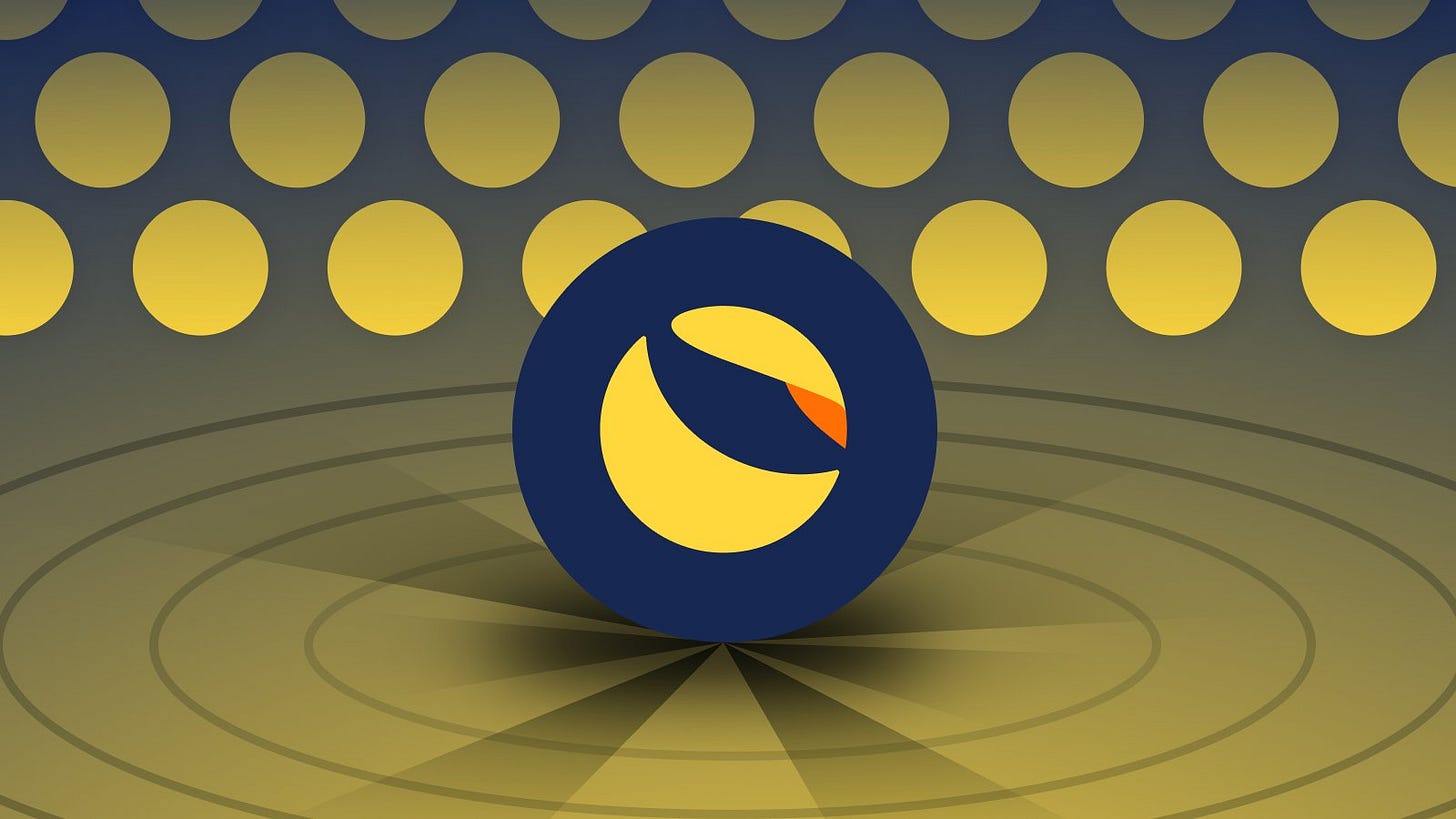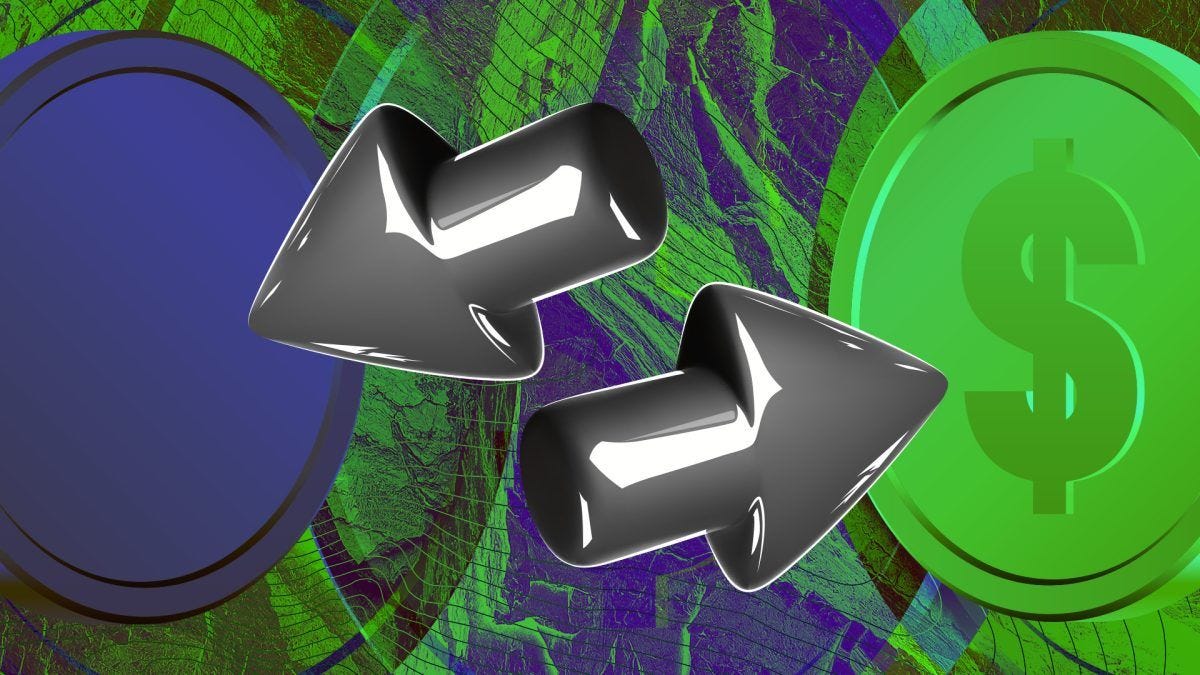LUNA - UST
The Implications of the Terra debacle for the broader crypto markets
On the internet, where information and innovation can seemingly travel at the speed of thought, panic and anxiety can similarly spiral out of control. This panic contagion was one of the many factors that led to the unfortunate fate of the Terra protocol that has dominated cryptocurrency news in the past week. It suffered a total collapse that wiped out over 40 billion dollars of value from the crypto markets as investors scurried to sell off their tokens and salvage any value that remained (if any).
From the response of the protocol’s frontman (Do Kwon) to the early warning signs that preceded LUNA (its native token) losing 99% of its value; the Terra debacle has been a poorly handled affair and exposed both human and technological flaws in the crypto market. 1The impact on investors has been devastating, with retail investors bearing the brunt of the fallout leading to intense financial and mental distress for many, including rumours of attempted suicides.
While technological flaws such as the foundational problems with algorithmic stablecoins need to be addressed, perhaps more importantly, human flaws such as the points of failure that arise when crypto projects rally around prominent figures in a manner akin to personality cults must also be guarded against. Furthermore, because of LUNA’s governance design — and that of most other projects by Decentralized Autonomous Organizations; it is often difficult (as it was in this case) to make exigent changes to protocols. While this difficulty is intended to protect against governance attacks, it becomes a liability in times of emergencies.
The implications of the Terra debacle for the broader crypto markets are rather dire because regular people who were not trying to be creative or greedy with their yields got burnt. LUNA was attractive to this category of people due to its ease of use when compared with the rest of Crypto – which continues to maintain a high knowledge barrier to entry for most people. A good number of these “everyday folk” are unlikely to let themselves get involved with Crypto anymore. This is terrible news for the entire crypto space, especially as this negatively impacts Crypto adoption and growth.
While we will not know the full extent of the LUNA chaos for a while, the fact that the market has not gone to zero gives some hope for the recovery of the crypto space. It speaks to at least some level of confidence in the big two (BTC and ETH) and that with the right balance of innovation and caution, Crypto will continue to grow resiliently. For Terra, the best strategy going forward is one that figures out a way for investors to be made whole — however partial that may be. This seems to be what Terra intends to do with its proposed Revival Plan; as salvaging some, rather than none, is always the best option.
As a digital fund, we at Kaicho deploy market risk models that help us decide the favourability of being in (or out) of the market at any given time. By combining these risk models with the wider macroeconomic perspectives we employ in advising our consulting clients, we were able to take steps that prevented us from experiencing much fallout from Terra’s implosion. We had divested ourselves from the ecosystem 5 days earlier. By accounting for global financial conditions such as the American Federal Reserve making moves to curb inflation (which has an attendant negative effect on Risk-on markets like Equities and Crypto) and factoring them into logic-driven predictive models, we are able to simulate the effects of such conditions on one’s investment exposure and decide on a course of action in advance.
In addition, at Kaicho, every time we hold a position with some degree of risk, we take steps to insure against that holding. Not because we think the worst will happen, but because as a necessity of trust, we must always prepare for such. In the case of LUNA, for instance, we took advantage of the depeg insurance product on Risk Harbor. Everyone that had taken out insurance with Risk Harbor has been made whole to the tune of their respective policies. This guiding principle of “Protecting the downside first” is our general approach to the markets. Once that has been done, whatever upside is available afterwards can be enjoyed. It is expensive, but helps us ensure the security and peace of mind of our clients.
Kaicho offers a comprehensive suite of services to help investors interested in digital assets make the most of the market. While Kaicho Capital is an invite-only Asset Management company targeted at institutions and HNW individuals, we believe that everyone deserves a chance at growing wealth. We, therefore, launched Moonlander, a community-oriented Venture Capital Fund, to enable retail investors aggregate their resources to gain early access to thoroughly vetted emerging digital projects. We also provide insightful articles to educate and inform people on digital and financial trends via Kaicho Digital. We will continue to assess the needs of our clients and our communities to bring them the best in class products and services that give them access to market opportunities they would otherwise not be able to take advantage of, with a commitment to maximising their possible upside in the currently turbulent markets.
Our original article, published at 8:49 WAT 18/05/2022, has been edited to acknowledge the human cost of the crash and reflect our deepest sympathy for those affected.




